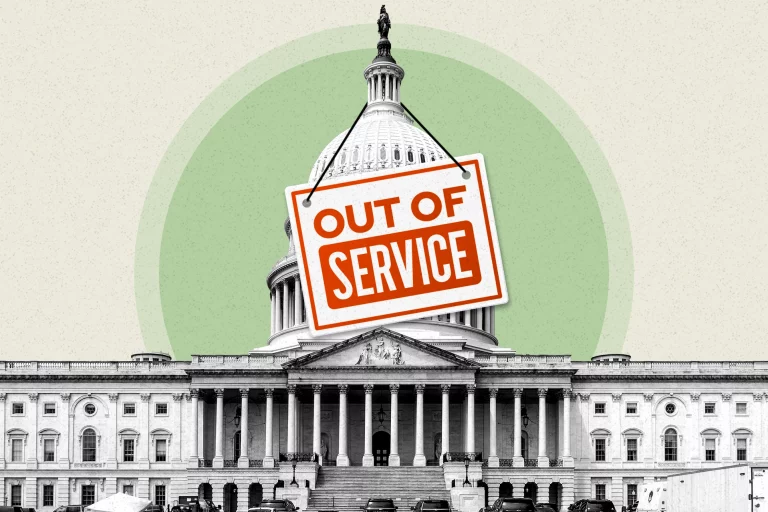Treat ADHD Naturally: Effective Non-Pharmaceutical Strategies for Focus and Calm
Attention-Deficit/Hyperactivity Disorder (ADHD) affects executive function, impulse control, and emotional regulation. While medication is common, 65% of adults explore natural alternatives due to side effects or personal preference . This guide synthesizes the latest clinical research to deliver actionable, evidence-based strategies for managing ADHD naturally—addressing root causes like neurotransmitter imbalances, circadian disruptions, and environmental triggers.
Understanding ADHD’s Core Challenges
ADHD stems from dysregulation in dopamine and norepinephrine pathways, impairing focus, motivation, and emotional stability. Key physiological factors include:
- Neurotransmitter deficits: Low dopamine disrupts reward-motivation cycles .
- Brain wave imbalances: Elevated theta waves (linked to daydreaming) and reduced beta waves (needed for concentration) .
- Circadian disruptions: Poor sleep hygiene exacerbates inattention and impulsivity .
5 Science-Backed Natural Treatments for ADHD
1. Neurofeedback Therapy: Retrain Your Brain
Neurofeedback therapy uses real-time EEG sensors to teach self-regulation of brain waves. Protocols target ADHD-specific imbalances:
- Theta/Beta Ratio (TBR) Training: Reduces theta waves while boosting beta waves in the prefrontal cortex. Studies show a 40–60% improvement in attention and impulse control after 30–40 sessions .
- Sensori-Motor Rhythm (SMR) Training: Enhances inhibitory control. Participants maintain focus gains for 6+ months post-therapy .
Process:
- Sensors monitor brain waves during video game-like tasks.
- Visual/auditory rewards reinforce optimal brain states.
- Average cost: $2,200 for 30 sessions; seek BCIA-certified practitioners .
2. Focus Apps for Task and Time Management
Digital tools combat “time blindness” and overwhelm:
- Flown: Virtual coworking sessions for body doubling (accountability). Reduces task abandonment by 50% .
- Sunsama: Time-blocking app with daily planning rituals. Limits over-scheduling and includes Pomodoro timers .
- Endel: AI-generated soundscapes (e.g., brown noise) to deepen concentration. Shown to improve focus duration by 35% in ADHD brains .
Pro Tip: Pair apps like Forest (gamified focus timer) with noise-canceling headphones for distraction-free work.
3. Herbal and Nutritional Supplements
Target neurotransmitter support and stress resilience:
- Ashwagandha: Lowers cortisol by 28% and improves working memory. Dose: 300 mg twice daily .
- Saffron: Boosts dopamine and serotonin. Comparable to Ritalin for improving attention in children .
- Omega-3s (EPA/DHA): 1,200 mg/day reduces hyperactivity and supports myelin sheath health .
Avoid: St. John’s wort—interacts with neurotransmitters unpredictably .
4. Behavioral and Lifestyle Interventions
Exercise: Nature’s Dopamine Booster
Aerobic exercise (30 mins/day) increases dopamine receptors and hippocampal volume:
- Best activities: Boxing, swimming, or dance—combine rhythm and coordination .
- Result: 20–40% reduction in hyperactivity after 8 weeks .
Dietary Adjustments
- Protein-first meals: Eggs, legumes, and lean meat provide tyrosine for dopamine synthesis .
- Low-FODMAP trial: Reduces gut inflammation linked to brain fog .
- Eliminate triggers: Artificial dyes and processed sugars worsen symptoms in 70% of children .
BONUS TIP
5. Sleep and Circadian Optimization
Sleep deprivation mimics ADHD symptoms. Repair strategies:
- Light therapy: 10 mins of morning sunlight resets melatonin release.
- Temperature control: Keep bedrooms at 65°F (18°C) for optimal sleep depth .
- Melatonin-rich foods: Tart cherries, oats, and pistachios enhance natural melatonin production .
Long-Term Management Framework
1: Baseline Assessment (Weeks 1–2)
- Track symptoms, sleep, and diet in a journal.
- Consult a functional medicine provider for nutrient testing (e.g., zinc/iron).
2: Active Implementation (Weeks 3–12)
- Start neurofeedback (2 sessions/week).
- Integrate focus apps and exercise routines.
- Introduce adaptogens like Rhodiola for stress resilience .
3: Maintenance (Ongoing)
- Monthly “circadian tune-ups”: Adjust sleep/wake times seasonally.
- Quarterly neurofeedback boosters (if needed).
Japanese Head Spa Benefits: Ultimate Guide to Scalp Rejuvenation and Stress Relief
When to Seek Professional Guidance
Natural approaches work best for mild-to-moderate ADHD. Consult a psychiatrist if you experience:
- Safety risks: Impulsive driving or workplace errors.
- Coexisting conditions: Anxiety, depression, or sleep apnea.
- No improvement after 12 weeks of consistent protocols.
How to Reverse Aging with Red Light Therapy
Key Takeaways for Sustainable Success
- Consistency over intensity: 10 mins of daily mindfulness beats one hour weekly .
- Tech hygiene: Use blue-light blockers after 8 PM to protect melatonin.
- Community support: Join ADHD-focused groups on Numo for accountability .
For more ways to treat ADHD naturally and cutting-edge wellness strategies, follow Truths and News (TNN). Explore our Neurofeedback Therapy Guide and Focus App Directory!
 Canada Life, Canada Updates, Lifestyle, Travel
Canada Life, Canada Updates, Lifestyle, Travel 















